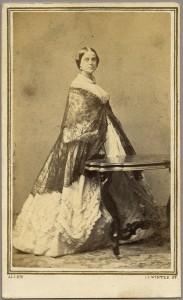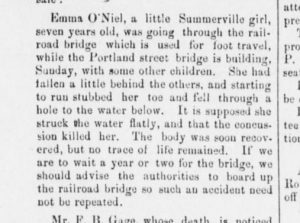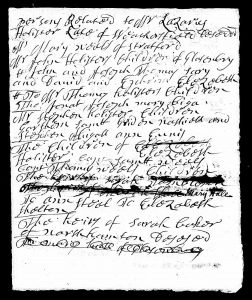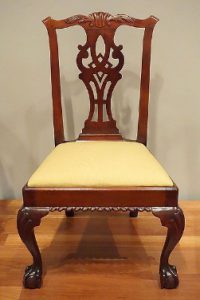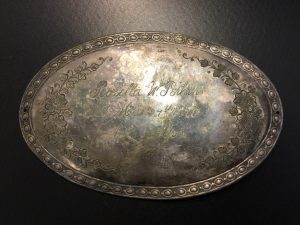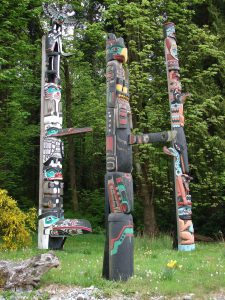 The term ‘family history’ has long been associated with the written word and is most often found recorded in books, bibles, and public documents. Native Americans of the Pacific Northwest, however, have been using another method for more than 125 years: totem poles.
The term ‘family history’ has long been associated with the written word and is most often found recorded in books, bibles, and public documents. Native Americans of the Pacific Northwest, however, have been using another method for more than 125 years: totem poles.
The word ‘totem’ is derived from the Ojibwe ‘odoodem,’ meaning “his kinship.”[1] The earliest record believed to depict a totem pole is from the Pacific coast voyages of Captain James Cook in 1778, when his ship’s artist, John Webber, sketched ceremonial interior poles depicting faces.[2] While they were first identified in 1778, most known totem poles can be dated no earlier than the late nineteenth or early twentieth centuries.[3] That totem poles did not appear frequently prior to this period probably reflects a lack of efficient carving tools and wealth, and the leisure time required for their construction.[4]
Continue reading The language of totem poles
